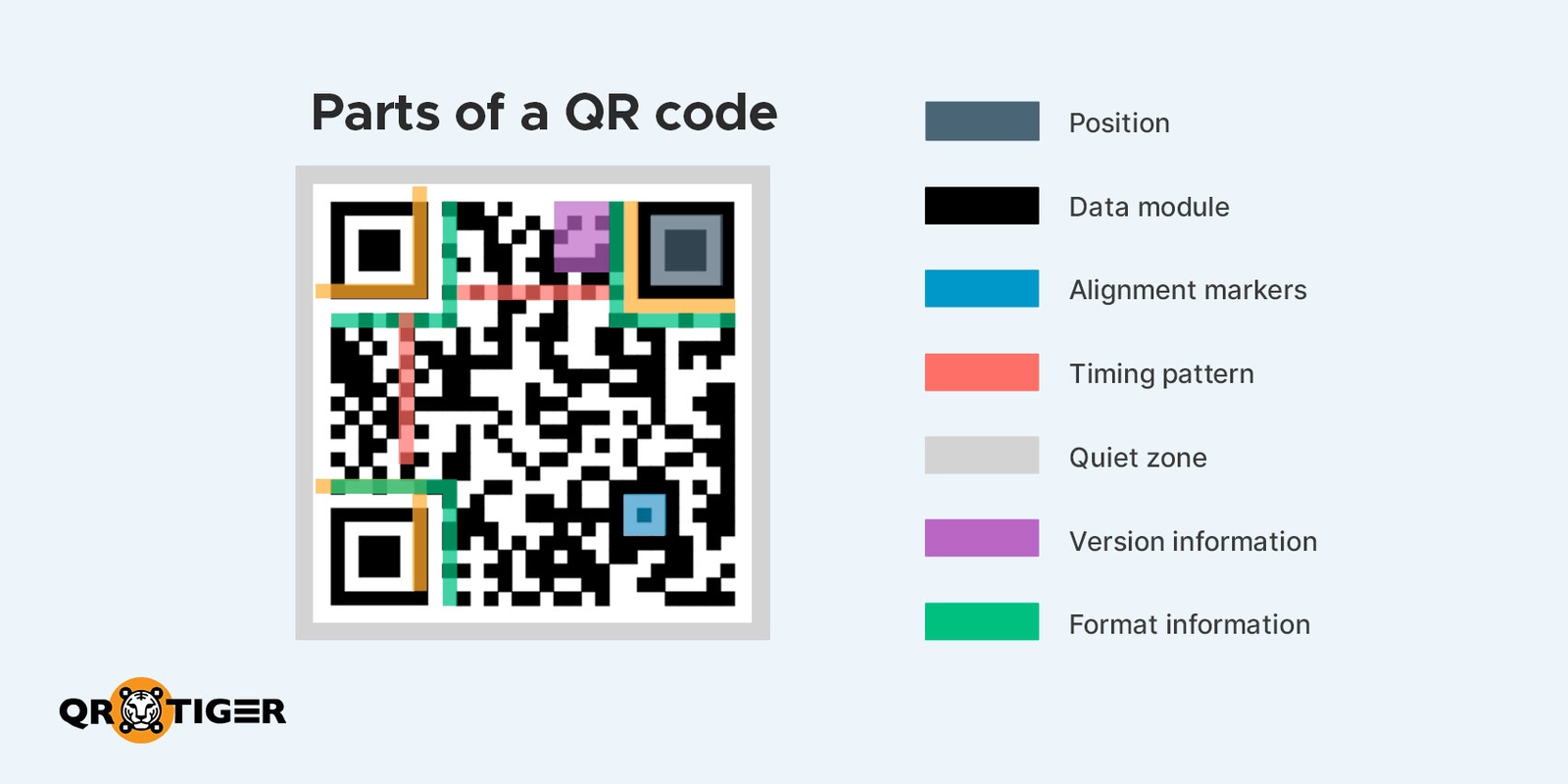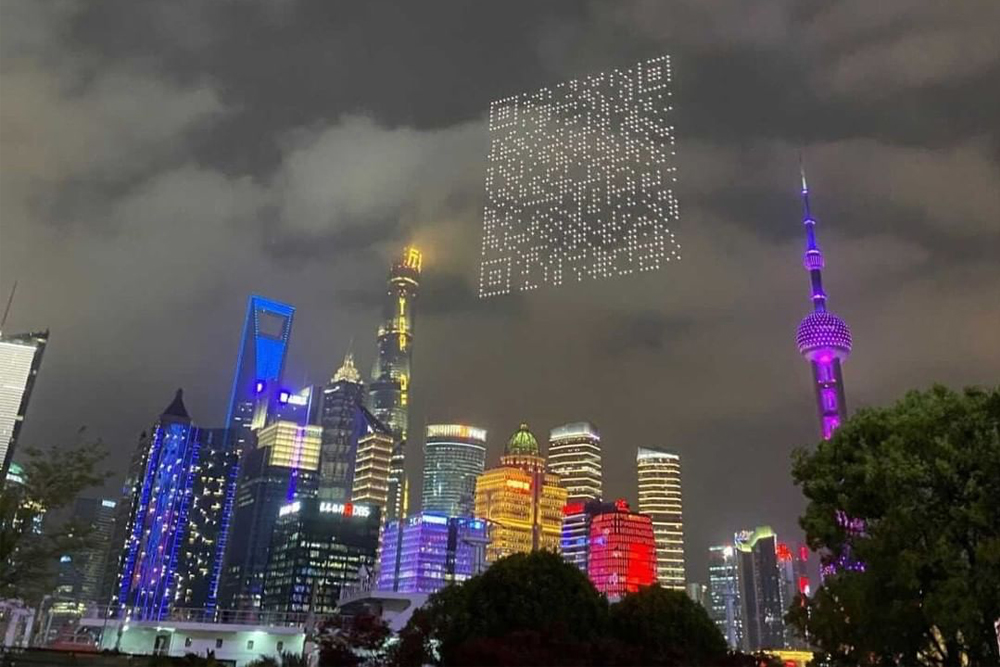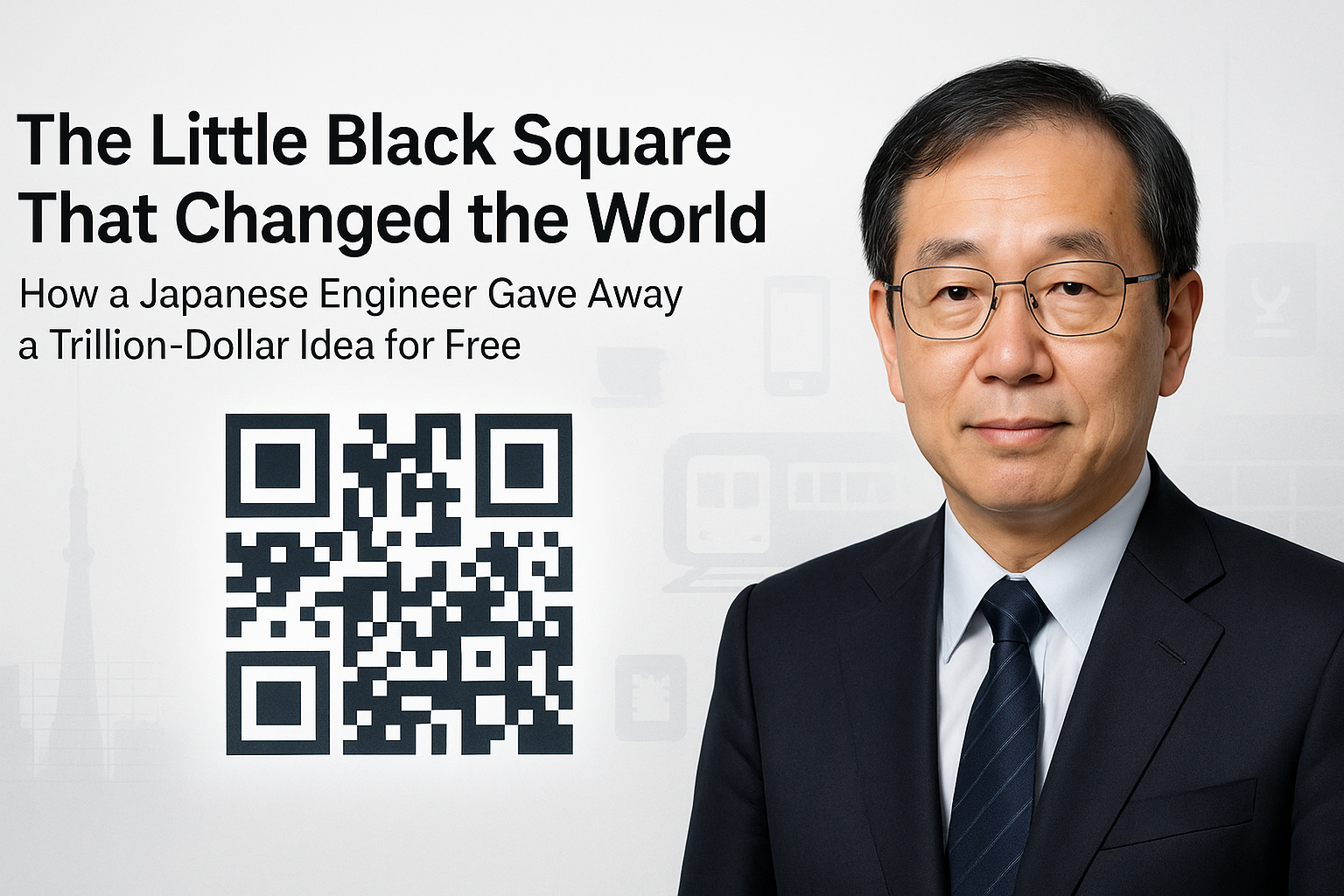How a Japanese Engineer Gave Away a Trillion-Dollar Idea for
Free
A deep dive into the revolutionary story of QR codes and the visionary decision that transformed global commerce
Introduction: The Ubiquitous, Unsung
Hero The scene is a familiar one. A bustling
café, the aroma of roasted coffee beans in the air, and a line of customers
tapping their feet. When you reach the counter, the transaction is a silent,
seamless ballet. You hold your phone up to a small, pixelated square, a chime
confirms the payment, and you step aside with your latte. This simple, almost
unconscious act is repeated billions of times a day across the globe. This unassuming black-and-white square
is the Quick Response (QR) code. It
has woven itself so deeply into the fabric of modern life that we barely notice
it anymore. Yet, behind this symbol of digital convenience lies a story rooted
in the gritty, oil-stained reality of 1990s industrial manufacturing—a story of
profound innovation born from practical necessity. During the height of the COVID-19
pandemic, this same technology became a critical tool for public health,
facilitating everything from contactless menus to vaccine verification. It's
the key that unlocks a shared bike in Amsterdam, the ticket that gets you onto
a bullet train in Tokyo, and the digital pass that grants access to a concert
in New York. This raises two compelling questions: 1. How did a
technology designed to track car parts on a factory floor escape its industrial
confines to become an indispensable key to our digital world? 2. Why is
its inventor, Masahiro Hara, not a household name on par with Steve Jobs or
Bill Gates? The answer to the latter question is
perhaps the most remarkable part of the story. It involves a strategic decision
of almost unbelievable foresight: to invent a technology with the potential for
immense value and then, in a pivotal move, to give it away to the world for
free. Part 1: A Factory in Need - The Limits
of the Barcode To understand the genesis of the QR
code, one must travel back to the factory floors of Japan's automotive industry
in the early 1990s. The country was navigating economic uncertainty following
the collapse of its "bubble economy." Inside manufacturing plants, a
quiet revolution was underway. The old model of mass-producing a
single type of product was giving way to a more agile system of "high-mix,
low-volume" production, requiring far more detailed control over a vast
and varied inventory of parts. This shift created a critical information
bottleneck, and at the heart of the problem was a technology that was once
itself a revolution: the barcode. The Problem with Barcodes Introduced in the 1970s, the
one-dimensional barcode—that familiar series of parallel black lines—had
streamlined retail and logistics for decades. But by the 1990s, its limitations
were becoming painfully apparent, especially in the demanding environment of a
Toyota subsidiary like Denso. The core issues with the traditional
barcode were threefold: 1. Data Scarcity A standard barcode could only store
approximately 20 alphanumeric characters.
This was woefully insufficient for the complex information needed to track
automotive components. Workers were forced to scan multiple barcodes—sometimes
up to ten on a single box—just to capture all the necessary data. This process
was laborious, time-consuming, and prone to human error. 2. Physical Vulnerability Factory environments are harsh.
Barcodes printed on labels were frequently smudged with grease, stained with
oil, or scratched during handling. Even minor damage could render a barcode
unreadable to the laser scanners of the day, causing frustrating delays and
disruptions in the production line. 3. Language and Information Barriers The barcode was a Western invention,
designed primarily for the Latin alphabet and numerals. It could not natively
support Japanese characters like Kanji and Kana, a major handicap for a
Japanese company operating in its home market. The cumulative effect of these
limitations was clear: Denso needed a revolutionary solution. Part 2: Inspiration in Black and White
- The Birth of the QR Code Enter Masahiro Hara, a young engineer at Denso Wave, a subsidiary of the
automotive parts giant Denso. In 1994, Hara was tasked with solving the barcode
problem that was plaguing the factory floor. What happened next was a
masterclass in observational innovation. Hara's breakthrough came not from
complex algorithms or advanced computer science, but from a simple game he
played during his lunch breaks: Go.
This ancient Japanese board game, known for its black and white stones arranged
in intricate patterns, provided the visual inspiration that would change the
world. Looking at the Go board, Hara realized
that information could be encoded not just horizontally (like traditional
barcodes), but in two dimensions—both
horizontally and vertically. This insight led to the creation of a square
matrix of black and white modules that could store exponentially more data than
its linear predecessor. Key Innovations The QR code Hara developed addressed
every limitation of the traditional barcode: ·
Massive Data Capacity: Could store up to 7,089 numeric characters or 4,296 alphanumeric characters—hundreds
of times more than a standard barcode ·
Error Correction: Built-in redundancy meant that up to 30% of the code could be damaged and
still remain readable ·
High-Speed Reading: Could be scanned from any direction and decoded in
milliseconds ·
Multilingual Support: Native support for Japanese
characters, Arabic numerals, and Latin alphabets Part 3: How It Works - A Look Under the
Hood The genius of the QR code lies not just
in its two-dimensional structure, but in its sophisticated encoding and
error-correction capabilities. Understanding how it works reveals why it became
such a revolutionary technology. Anatomy of a QR Code Every QR code contains several key
components: ·
Position Detection Patterns: The three large squares in the
corners that help scanners identify and orient the code ·
Alignment Patterns: Smaller squares that help with
precise positioning ·
Timing Patterns: Alternating black and white modules
that help determine the code's size ·
Data Area: Where the actual information is encoded ·
Error Correction Codes: Redundant data that allows
reconstruction of damaged information![]()
![]()
![]()

Static vs. Dynamic Codes Modern QR codes come in two primary
varieties: Static QR
Codes: The data is permanently encoded
in the pattern itself. These are ideal for fixed information like Wi-Fi
passwords or contact details. Dynamic
QR Codes: These
contain a short URL that redirects to a server where the actual content is
stored. This allows for real-time updates and detailed analytics, including
metrics like the number of scans, location data, and device types used. Part 4: The Trillion-Dollar Decision -
A Gift to the World With a revolutionary technology in
hand, Denso Wave faced a critical business decision. The company held hundreds
of patents related to the QR code and its associated technologies. The
conventional path would have been to license this intellectual property,
charging a fee for every scanner, application, or use case. Instead, they chose a radically
different and far more visionary path. The Open Standard Decision Denso Wave publicly announced that
while they would retain the patent rights to the QR code (specifically Japanese
Patent No. 2938338), they would not
exercise those rights for any code that conformed to the open standards
they were helping to establish with the Japanese Industrial Standards (JIS) and
later the International Organization for Standardization (ISO). In effect, they made the core
technology an open standard,
completely free for anyone in the world to use, implement, and build upon
without fear of litigation or licensing fees. Strategic Brilliance, Not Altruism This decision was not naive altruism—it
was a sophisticated long-term business strategy. Masahiro Hara and Denso Wave's
leadership understood a fundamental principle of platform technologies: their ultimate value lies not in the
technology itself, but in the size and vibrancy of the ecosystem built around
it. By making the standard free, Denso
Wave: ·
Eliminated adoption barriers that would have limited growth ·
Ignited powerful network effects where each new adopter made the
technology more valuable for others ·
Incentivized global innovation in QR code applications and
infrastructure ·
Positioned themselves as the premier experts in a massive
global market While the basic code was free, the
company continued to profit by selling high-end industrial scanners, advanced
decoding software, and specialized, proprietary versions like the SQRC (Secure
QR Code) for high-security applications. Part 5: The QR Code Economy The "trillion-dollar idea" is
not hyperbole. While the market for QR code generation software and hardware is
substantial, the true economic value lies in the vast commercial activity that
the technology enables. It has become fundamental digital infrastructure,
creating new markets on a scale its inventors could scarcely have imagined. Quantifying the Impact Market research reveals explosive
growth across multiple sectors:
Metric Value/Projection Timeframe Global
QR Code Market $1.5B → $3.5B 2023-2033 QR
Payment Market $12-16B → $62B 2024-2033 Global
Smartphone Users 4.88 Billion 2024 QR Scan
Increase 433% Growth 2021-2025 The most dramatic illustration of this
economic power is in Asia. In China, QR code-based platforms like Alipay and
WeChat Pay process over 90% of all
mobile payments, underpinning an ecosystem valued in the trillions of
dollars. Similarly, India's Unified Payments Interface (UPI) handled an
astonishing 81 trillion transactions
in just four months in 2024. The COVID-19 Catalyst While QR codes had been gaining
traction for years, particularly in Asia, the COVID-19 pandemic served as an
unprecedented global catalyst. The urgent need for contactless interactions
pushed the technology into the mainstream worldwide: ·
Restaurants replaced physical menus with QR codes on tables ·
Retailers adopted QR-based payment systems ·
Public health authorities used them for contact tracing and
vaccine verification This period of forced adoption
permanently cemented the QR code's place in daily life, overcoming previous
barriers of unfamiliarity and inertia. Part 6: The Creative Renaissance - From
Utility to Art What began as a purely functional tool
has evolved into a canvas for creativity and artistic expression. Modern QR
codes are no longer confined to simple black-and-white squares—they've become a
medium for artistic innovation and brand storytelling.![]()
![]()
![]()
A Gallery of Innovation
Today's QR codes showcase remarkable
creativity:
·
Branded QR Codes: Companies integrate logos, colors,
and design elements while maintaining functionality
·
AI-Generated Art Codes: Artificial intelligence creates
visually stunning codes that blend art with utility
·
Custom Shapes: Codes adapted to fit unique geometric
forms and brand requirements
·
Interactive Elements: Codes that change appearance based on
scanning angle or environmental conditions
The Spectacle in the Sky
Perhaps the most spectacular
demonstration of QR code creativity occurred in Shanghai, where a Chinese
gaming company used 1,500 drones to
form a massive, scannable QR code in the night sky. This aerial display,
promoting the mobile game "Princess Connect," created a functional QR
code that viewers could actually scan from the ground—a perfect fusion of
technology, marketing, and art.
The drone formation measured hundreds of meters across and remained stable long enough for thousands of people to scan it with their smartphones, demonstrating both the scalability of QR technology and its potential for creative marketing applications.

The Unseen Network Woven into Our World
Today, as you tap your phone against a
QR code to pay for coffee, unlock a rental bike, or access a restaurant menu,
you're participating in one of the most successful acts of technological
altruism in human history. Masahiro Hara's little black square has become the
connective tissue of our digital world—an invisible network that bridges the
physical and virtual realms with elegant simplicity.
The story of the QR code teaches us
profound lessons about innovation,
strategy, and the power of open collaboration. In choosing to give away
their invention, Denso Wave didn't just create a product—they built an
ecosystem. They didn't just solve a factory floor problem—they laid the
foundation for a trillion-dollar digital economy.
Perhaps most importantly, they
demonstrated that sometimes the greatest success comes not from hoarding
innovation, but from sharing it with the
world. In making the QR code free, Masahiro Hara ensured that his creation
would become not just successful, but truly
universal—a testament to the transformative power of technological
generosity.
The next time you see that familiar
pattern of black and white squares, remember: you're looking at more than just
a code. You're seeing the physical manifestation of a philosophy—that the
greatest innovations are those that connect
us all.
![]()
Have you
used QR codes in unexpected ways? Share your experiences in the comments below
and explore how this remarkable technology continues to evolve in our
increasingly connected world.
![]()
Related
Reading:
·
The
Future of Contactless Payments
·
How
COVID-19 Accelerated Digital Transformation
·
The
Psychology of Seamless Technology Adoption
Sources
and Further Information:
·
DENSO
WAVE Official QR Code Information
·
IEEE
Corporate Innovation Awards
·
Global QR
Code Market Analysis Reports
· Academic Research on QR Code Implementation

